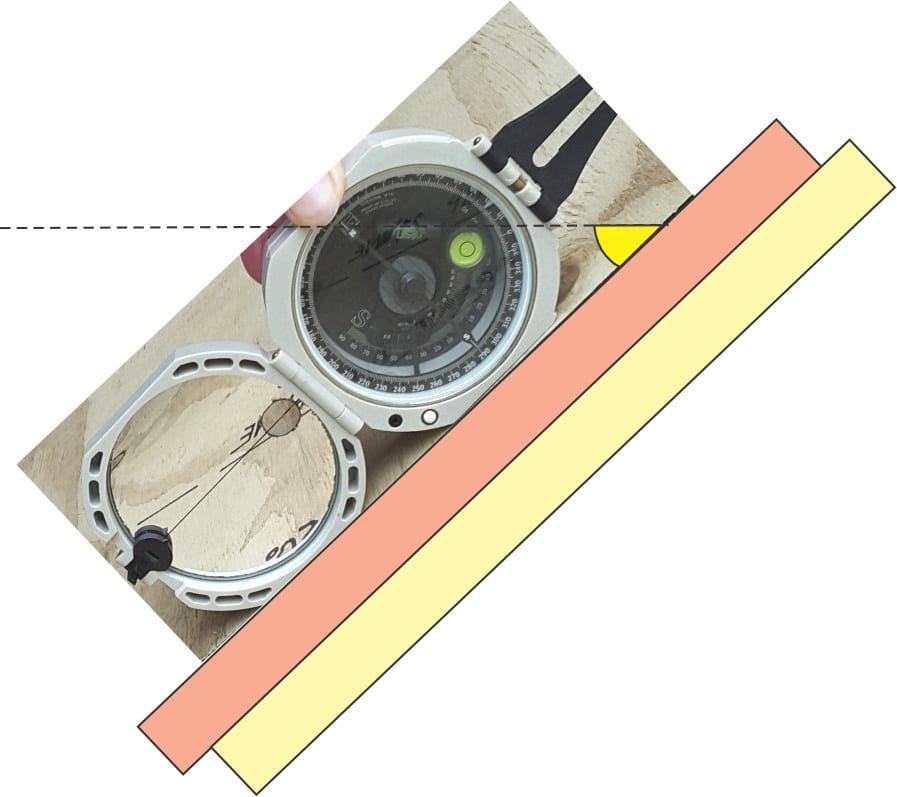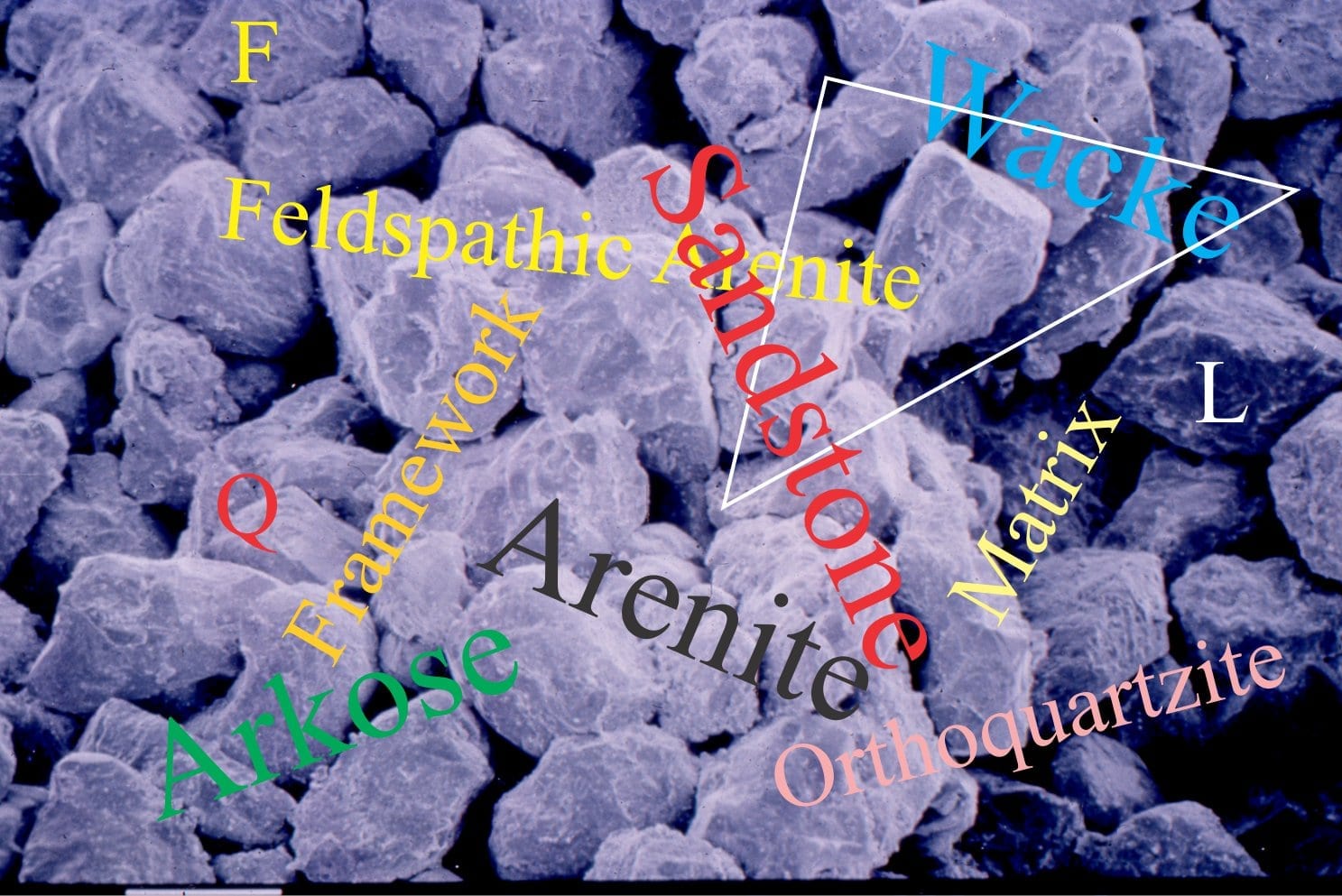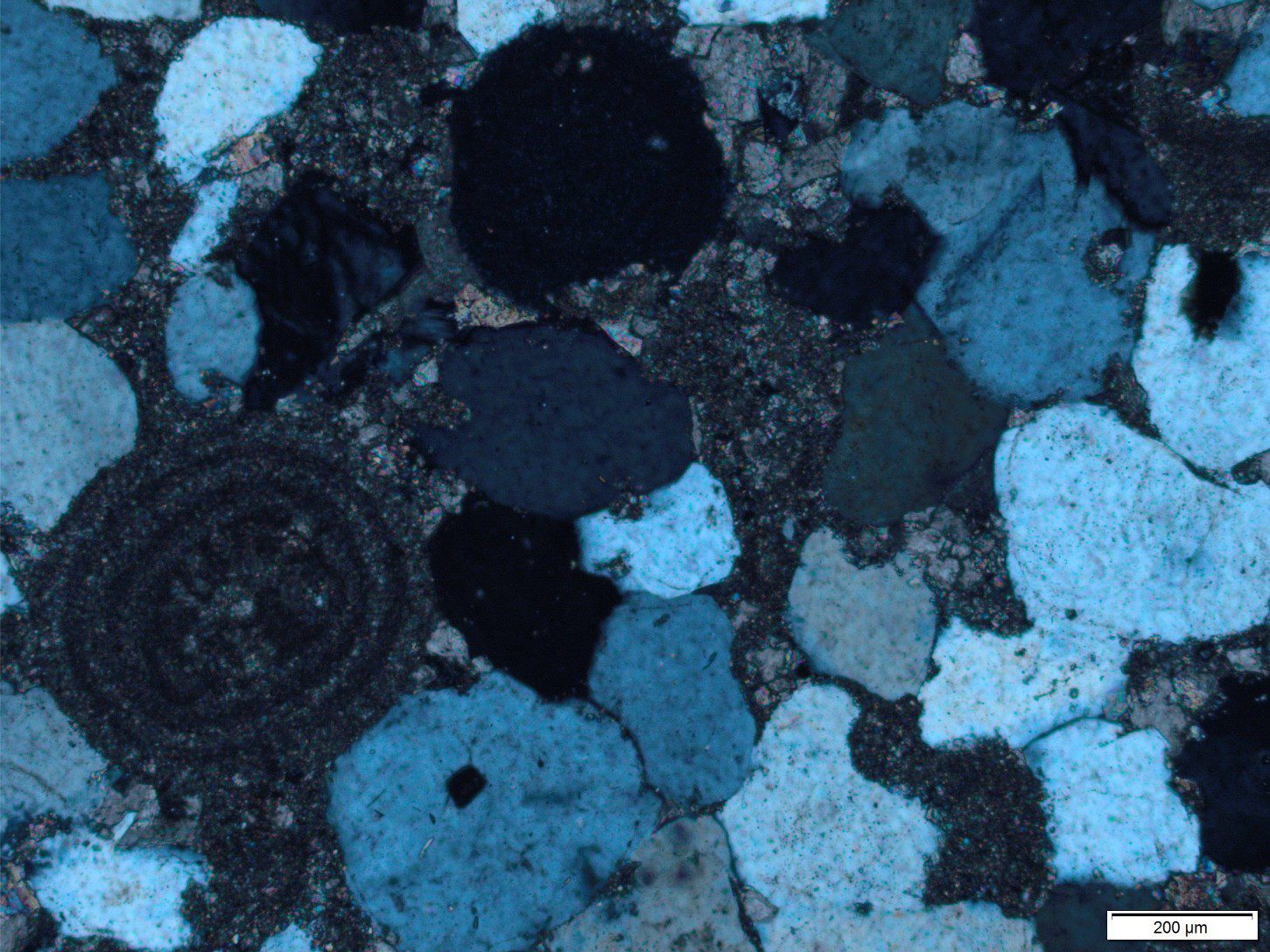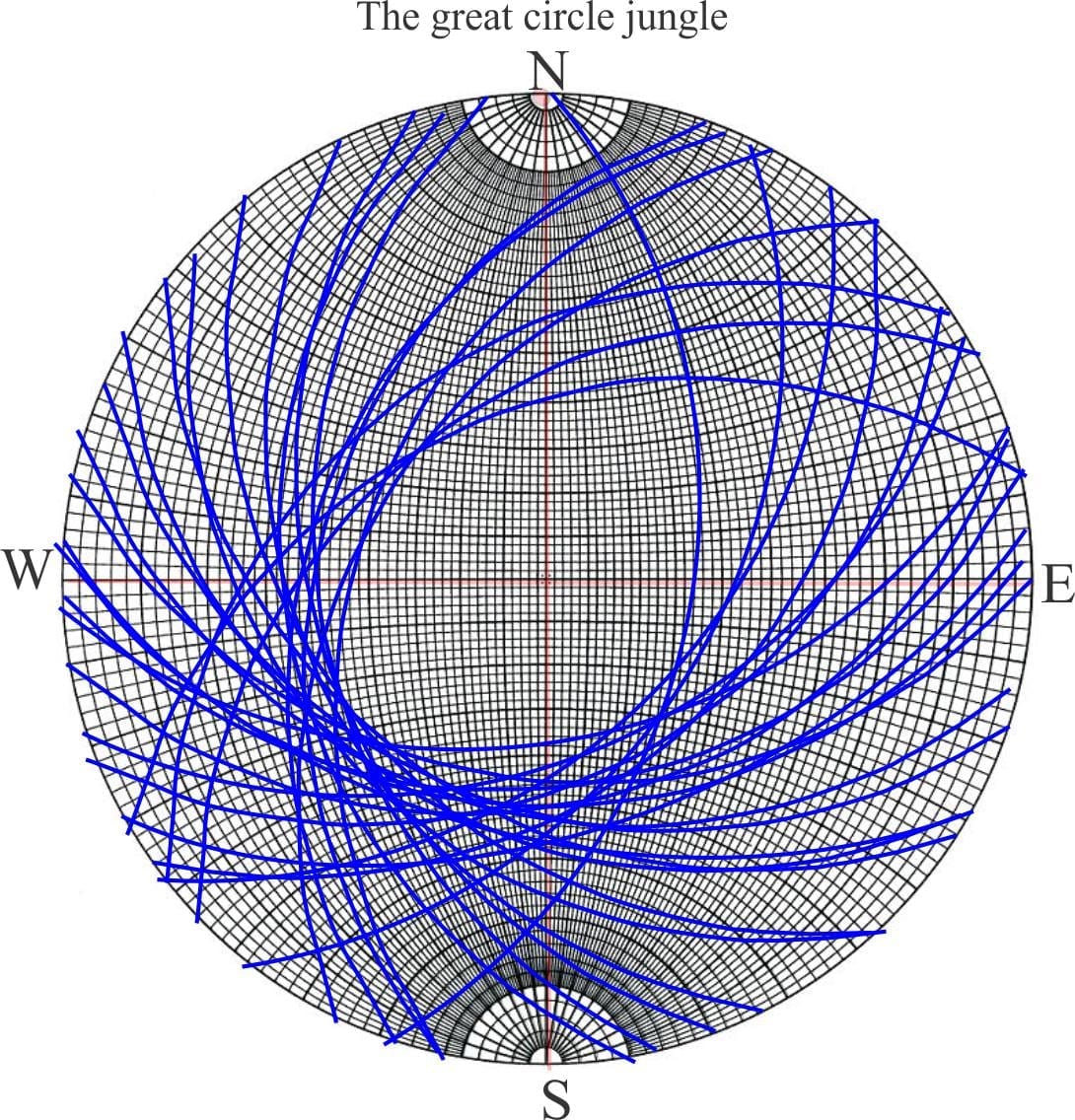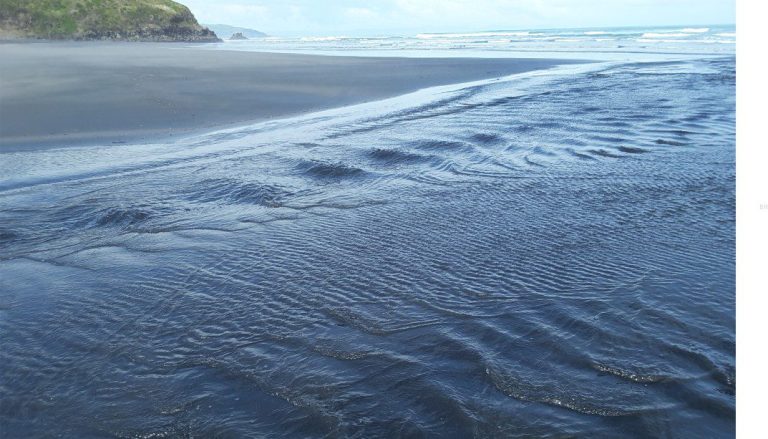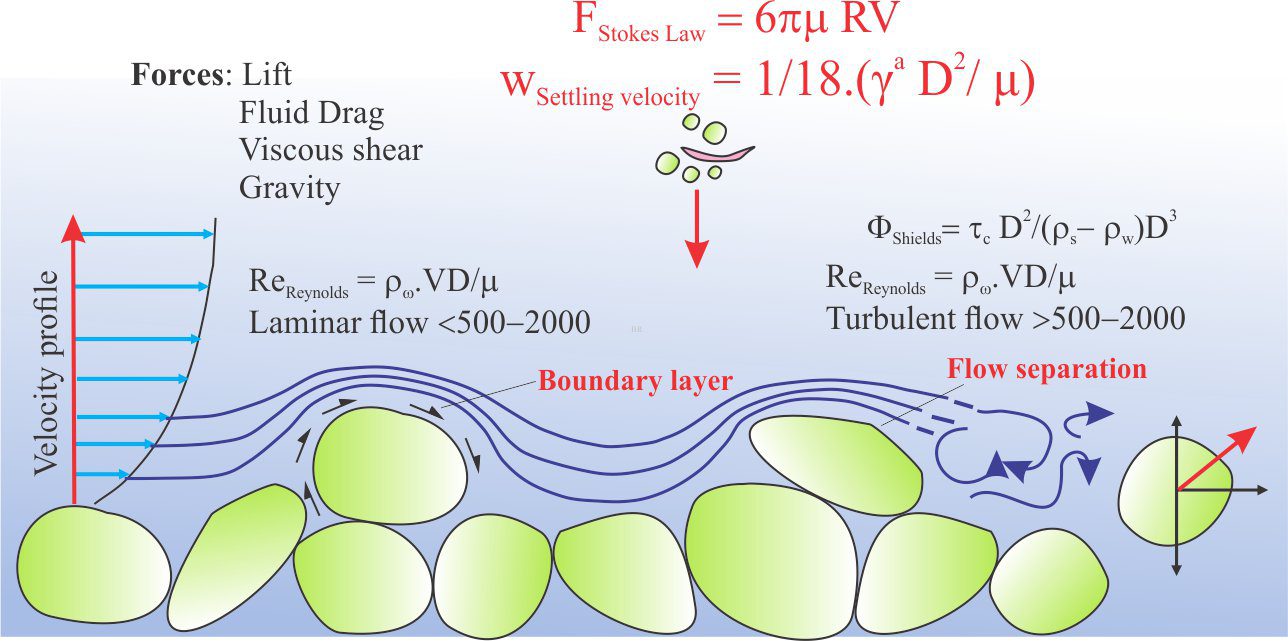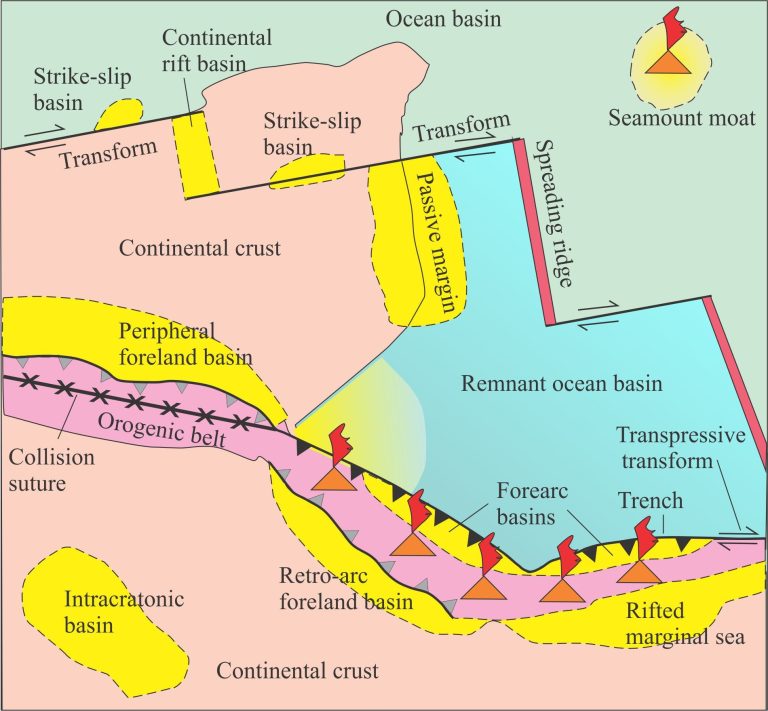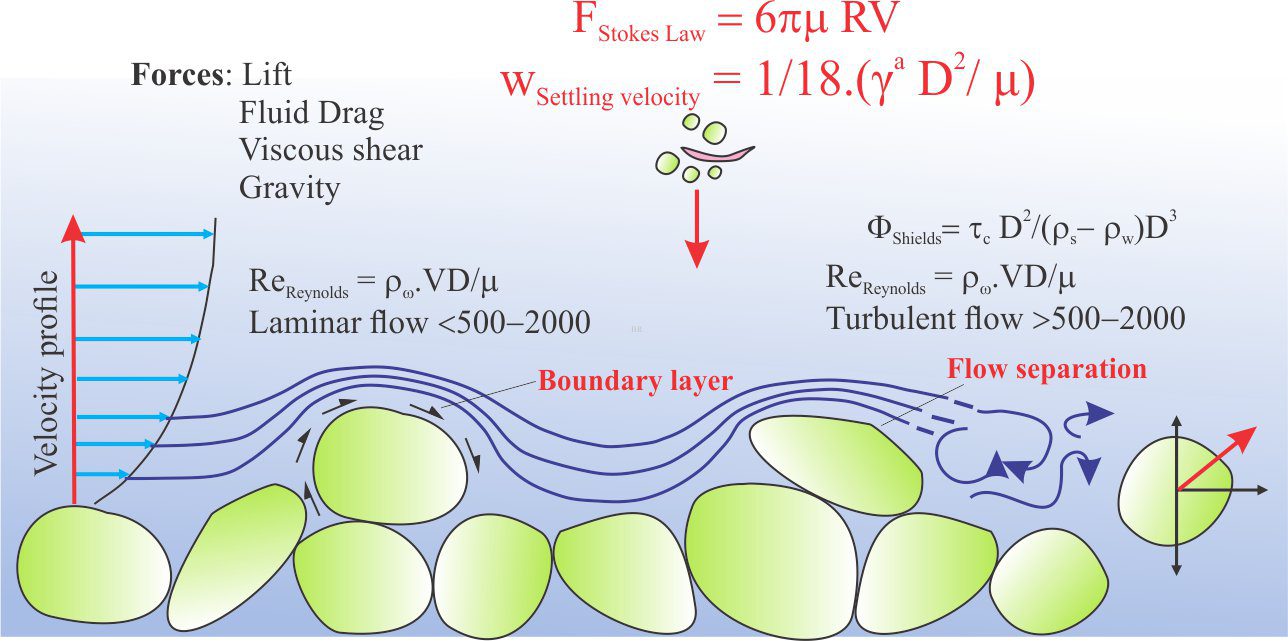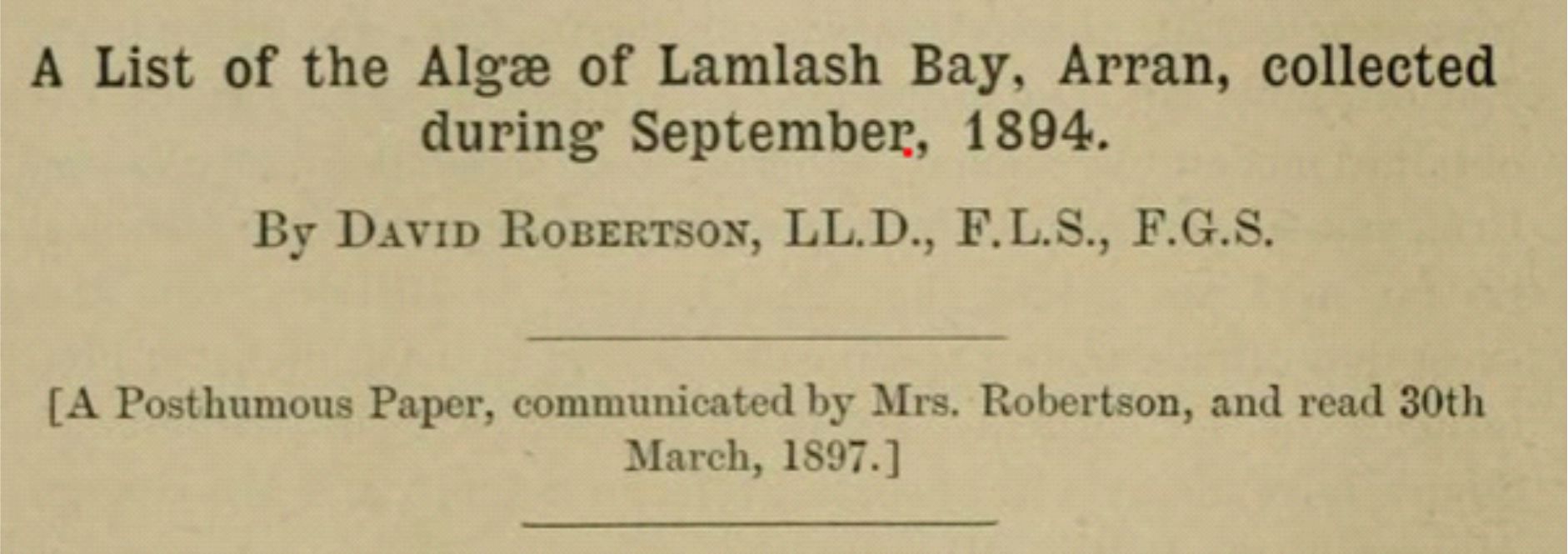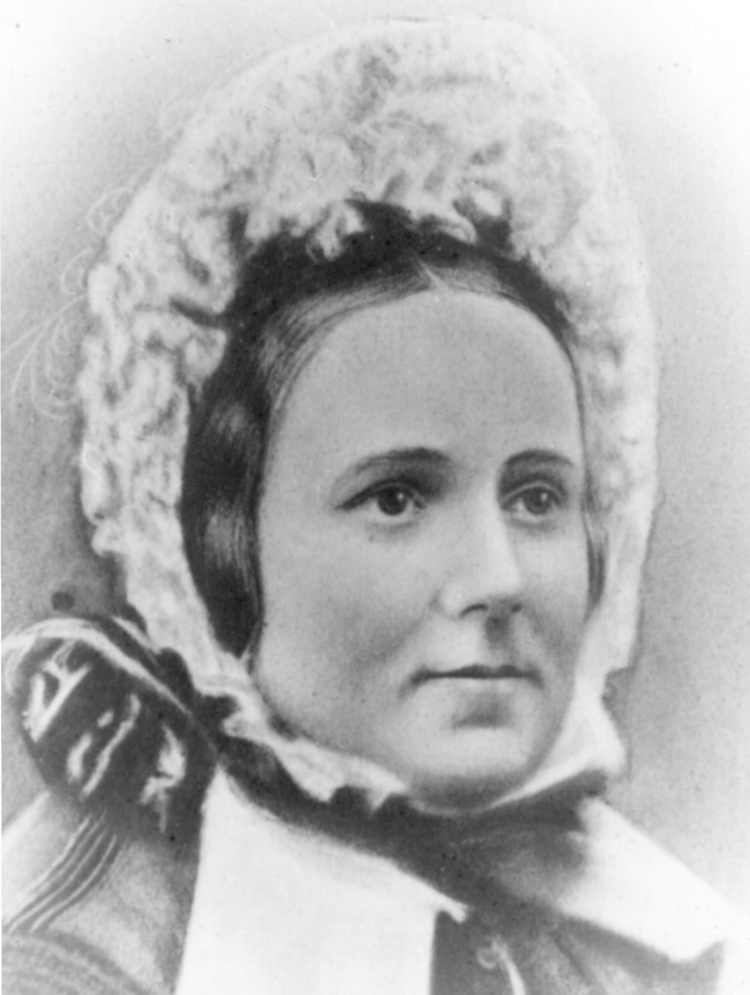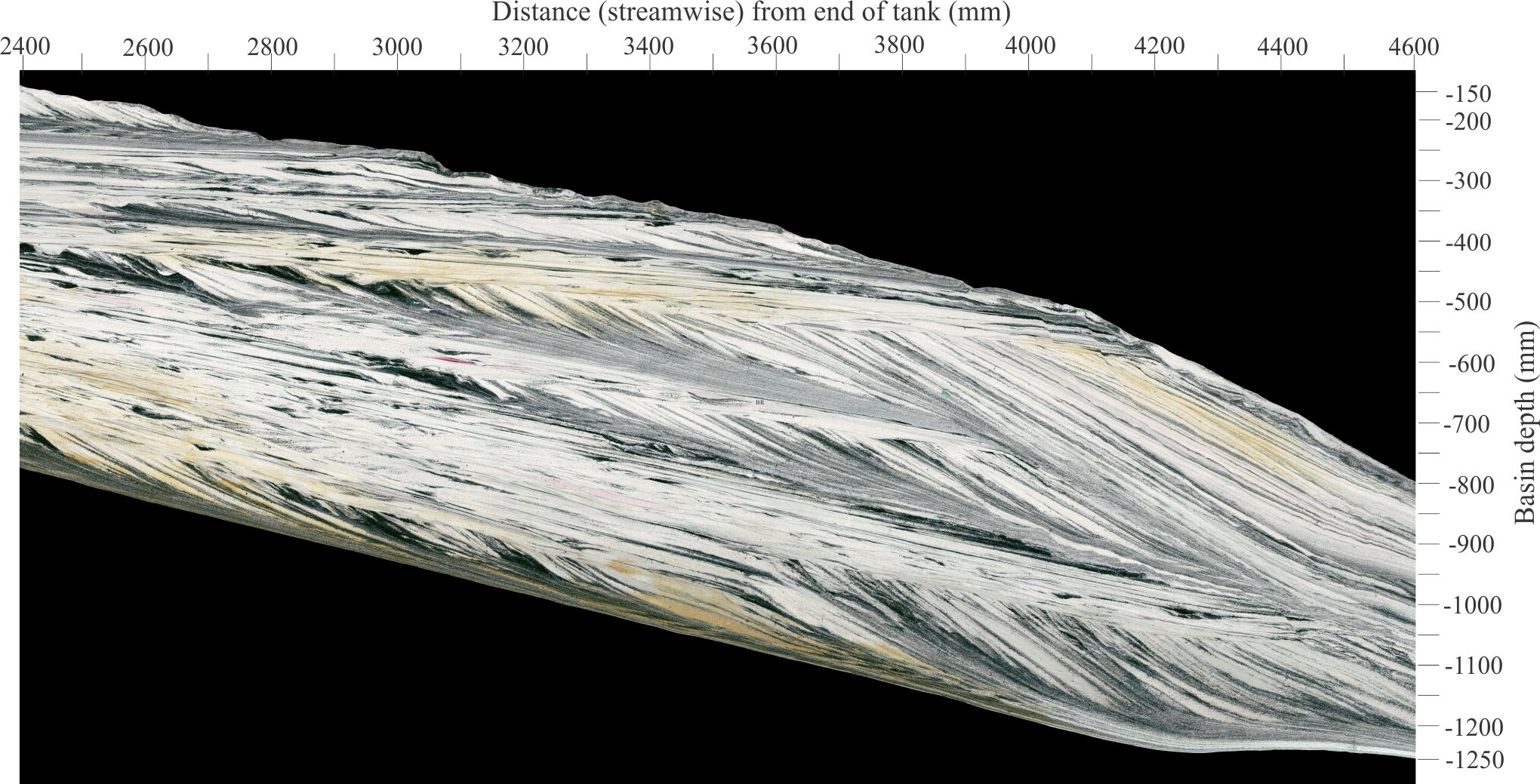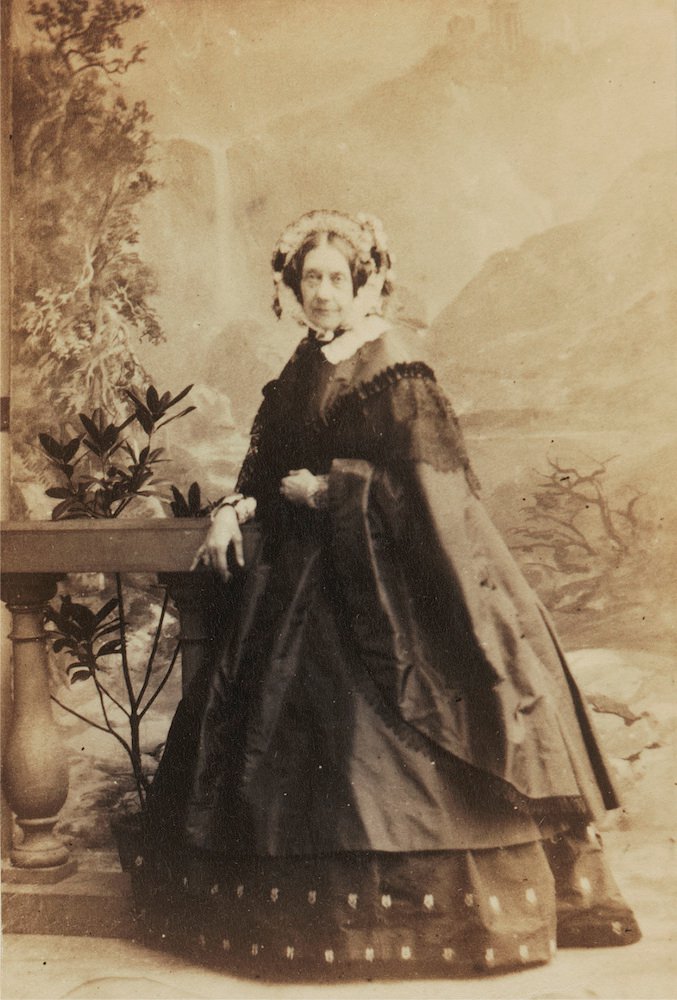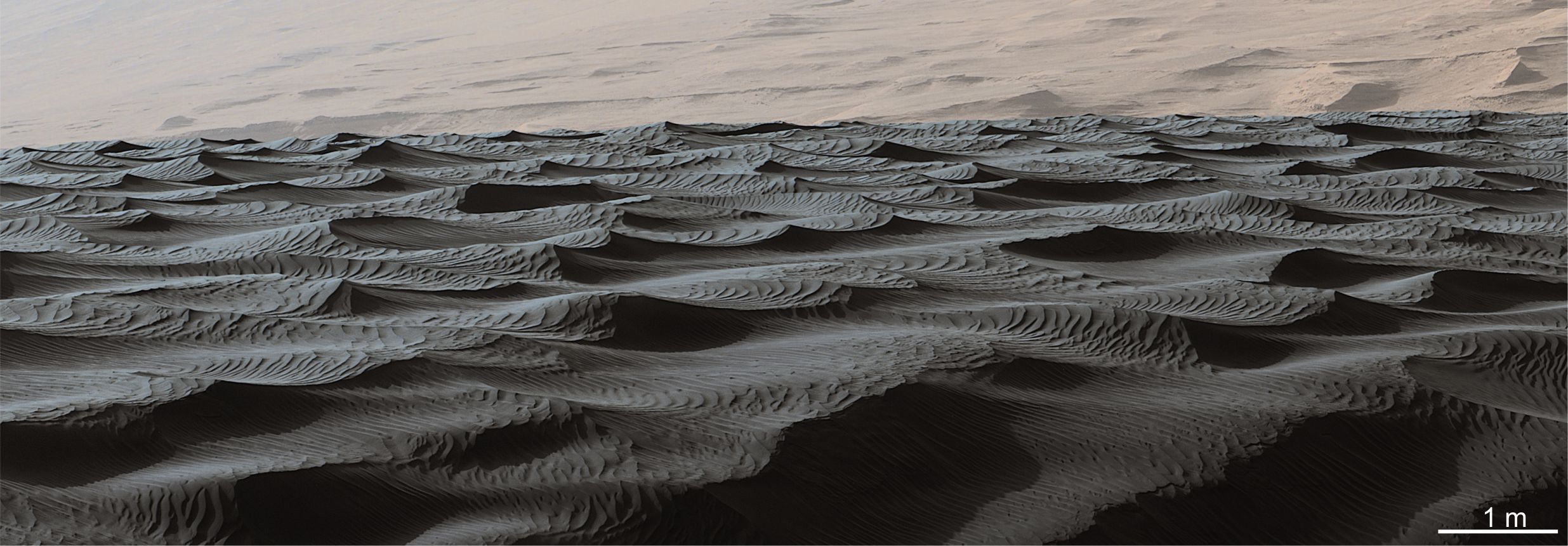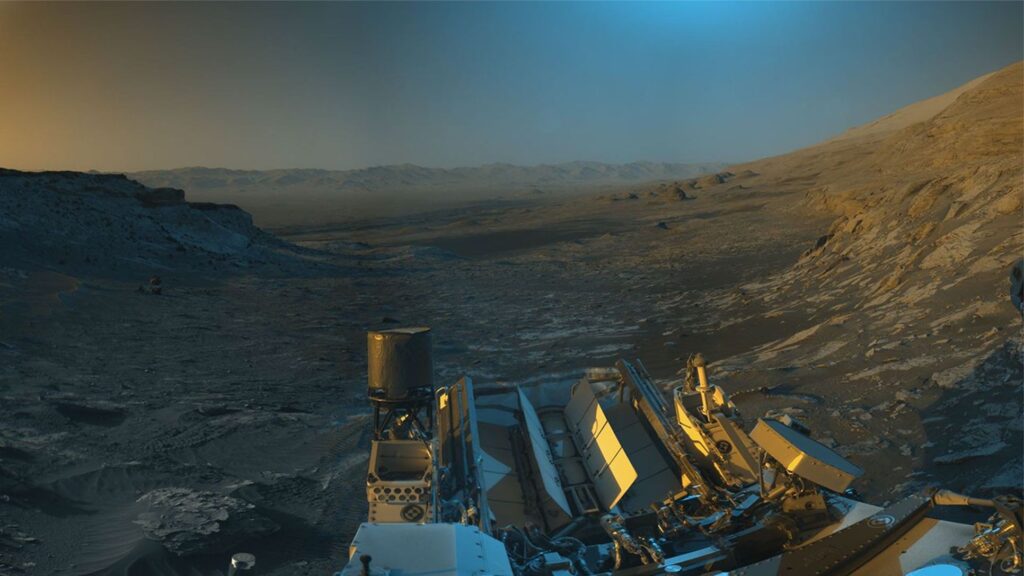
The orbiter and rover missions that allow us to step into Martian geology
Most formal publications on planetary science incorporate a plethora of acronyms that refer to satellites, landers, rovers, and the instruments they carry. The list contains the names and acronyms of vehicles that, for more than 55 years, have provided remote data, images, and samples to be returned to Earth during some future mission.
Mariner missions
Acquired the first satellite images of Mars cratered surface.
Mariner 4. A NASA flyby mission making its closest approach July 15, 1965, taking the first photographs of another planet from a satellite. It continued for 3 years in solar orbit.
Mariner 6. A NASA flyby mission, 1969. A twin of Mariner 7, designed to obtain data that Mariner 7 could use. Collected data on atmospheric conditions, flying over the equator and south pole.
Mariner 7. A NASA flyby mission arriving 5 days after Mariner 6. Imaged cratered equatorial and south pole regions.
Mariner 9. The first satellite to orbit another planet in 1971, just before the Soviet Union’s MARS 3 mission. It provided the first global images of Mars surface. It also imaged both moons – Phobos and Deimos.
Mars Climate Orbiter
Orbiter that imaged Mars surface at resolutions useful for geological analysis. Also the first successful soft landings on Mars, tasked with measurements of atmospheric conditions, sediment and rock compositions, soil sampling, and seismology. The seismology instrument failed.
Viking missions
Orbiters that imaged Mars surface at resolutions useful for geological analysis. Enabled the first successful soft landings on Mars, tasked with measurements of atmospheric conditions, sediment and rock compositions, soil sampling, and seismology. The seismology instrument failed.
Viking 1 (1976 – 1980) Orbiting and lander platforms. The first Mars lander to complete a successful mission; The first lander on Mars was the Soviet Union’s MARS 3 but it functioned for only 20 seconds and transmitted very little coherent data.
Weather conditions
Soil sampling and chromatograph analysis
Seismometer (failed)
Viking 2 (1976 – 1982) Orbiting and lander platforms
Imaging System
Gas Chromatograph Mass Spectrometer
Seismometer
X-ray fluorescence spectrometer
Weather station
Robotic sampling arm
Mars Global Surveyor (MGS)
Orbiter tasked with mapping topography, the search for liquid and ice water, water-bearing minerals, and rock compositions.
MOC Mars Orbiter Camera onboard MGS
MOC-NA. The narrow angle camera on MOC
MOLA Mars Orbital Laser Altimeter
TES Thermal Emission Spectrometer
MAG/ER Magnetometer/Electron Reflectometer
RS Radio Science Experiment
MR Mars Relay Antenna
Pathfinder lander
A successful test of an airbag technology for Mars landers, and released a small robotic rover – Sojourner.
Carried Sojourner Rover. Both vehicles functioned from July 4, 1997 – Sept. 27, 1997.
Alpha Proton X-ray Spectrometer
Three Cameras
Atmospheric Structure Instrument/Meteorology Package
Sojourner rover: Arrived on Pathfinder Lander. A small rover, weighing in at 10.6 kg. For comparison Curiosity Rover weighed almost 900 kg.
IMP Image for Mars Pathfinder
ASI/MET Atmospheric Structure Instrument/Meteorology Package
APXS Alpha/Proton/X-ray Spectrometer
Rover imaging cameras
Mars Odyssey (ODY)
Orbiting platform (2001 – present) collecting data on weather and geology.
Themis-IR Thermal Infrared Imaging System onboard
GRS Gamma Ray Spectrometer
NS Neutron Spectrometer
HEND High Energy Neutron Detector
Mars Express
(European Space Agency – NASA, 2003- present). Radar characterization of ice (layering) and Mars rocky subsurface (MARSIS), electromagnetic properties, the ionosphere and solar wind, liquid water at the surface and subsurface, geology.
HRSC High Resolution Stereo Camera
OMEGA Visible and Infrared Mineralogical Mapping Spectrometer
MARSIS Sub-surface Sounding Radar Altimeter (with Italian Space Agency)
PFS Planetary Fourier Spectrometer
SPICAM Ultraviolet and Infrared Atmospheric Spectrometer
ASPERA Energetic Neutral Atoms Analyser
MaRS Mars Radio Science Experiment
VMC Visual Monitoring Camera
Beagle 2 Lander.
Mars Reconnaissance Orbiter (MRO)
(2006 – present): Atmosphere and terrain mapping, history of water flow.
CTX Context camera onboard
HiRISE High Resolution Imaging Science Experiment onboard MRO
CRISM Compact Reconnaissance Imaging Spectrometer for Mars
MCS Mars Climate Sounder
SHARAD Shallow Radar
Mars Exploration Rovers (MER)
Twin rovers Opportunity and Spirit at two different landing sites – Meridiani Planum and Gusev Crater respectively.
Opportunity rover (2004-2018)
Pancam Panoramic camera
MI Microscopic Imager
Mini-TES Miniature Thermal Emission Spectrometer
MB Mössbauer Spectrometer
APXS Alpha Particle X-Ray Spectrometer
RAT Rock Abrasion Tool
Magnet Array
DIMES Descent Image Motion Estimation System
Spirit rover (2004 – 2010)
Pancam Panoramic camera
MI Microscopic Imager
Mini-TES Miniature Thermal Emission Spectrometer
MB Mössbauer Spectrometer
APXS Alpha Particle X-Ray Spectrometer
RAT Rock Abrasion Tool
Magnet Array
Curiosity rover
(2012 – present): Gale crater. The largest of NASA’s rovers at nearly 900 kg, with a laboratory capable of detecting evidence of former microbiological life, geologic history, hand lens images of rock and sediment, gas chromatograph, mass and laser spectroscopy of sediment and rock, and multiple imaging cameras.
MSL Mars Science Laboratory
MARDI Mars Descent Imager
Navcam Navigation Camera
Hazcam Hazard camera
Mastcams Mast cameras
ChemCam Chemistry & Camera; includes RMI Remote Microimager
MAHLI Mars Hand Lens Imager
CheMin Chemistry & Mineralogy X-Ray Diffraction
APXS Alpha Particle X-Ray Spectrometer
SAM Sample Analysis at Mars Instrument Suite: Gas Chromatograph, Mass Spectrometer, Tunable Laser Spectrometer
RAD Radiation Assessment Detector
DAN Dynamic Albedo of Neutrons
MEDLI Mars Science Laboratory Entry Descent and Landing Instrument
REMS Rover Environmental Monitoring Station
InSight lander
Interior Exploration using Seismic Investigations, Geodesy and Heat Transport, sited at Elysium Planitia, 2018-2022.
SEIS Seismic Experiment and Interior Structure (and earthquake detection) ref
HP3 Heat Flow and Physical Properties Package (failed)
RISE Rotation and Interior Structure Experiment
Perseverance rover
(2021 – present) Jezero Crater. Stratigraphic analysis, mapping, and rock composition of a large delta and associated ancient environmental conditions, biosignatures, atmospheric conditions, and radar imaging of the subsurface.
Mastcam-Z
Supercam; camera, laser, and spectrometer
SHERLOC Spectrometer; Scanning Habitable Environments with Raman & Luminescence for Organics & Chemicals
PIXL Planetary Instrument for X-ray Lithochemistry
MEDA Mars Environmental Dynamics Analyzer
MOXIE Mars Oxygen In-Situ Resource Utilization Experiment
RIMFAX Radar Imager for Mars’ Subsurface Experiment
Ingenuity Mars Helicopter: 72 powered flights. Cameras – colour, black and white
Tianwen-1
China’s mission went into orbit February 2021, tasked with imaging Mars surface. Its tasks included the search for water-ice, minerals, and soil compositions. The, Zhurong rover had Ground Penetrating Radar capability. The rover was active for 347 sols (358 Earth days).
HiRIC High Resolution Imaging Camera
Zhurong rover
RoPeR Rover Penetrating Radar
RoMAG Rover magnetometer
MCS Mars Climate Station
MarSCoDe Mars Surface Compound Detector (laser spectroscopy)
MSCam Multispectral Camera
NaTeCam Navigation and Topography Cameras
Other posts in this series
Martian Stratigraphy – The Framework
Stratigraphy of the rocky planets
